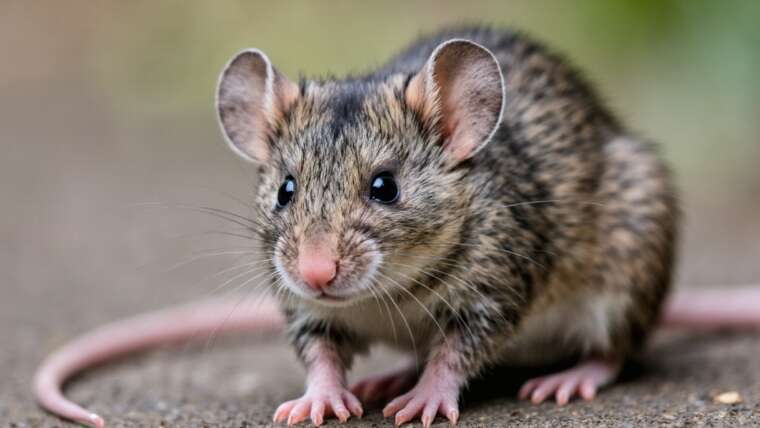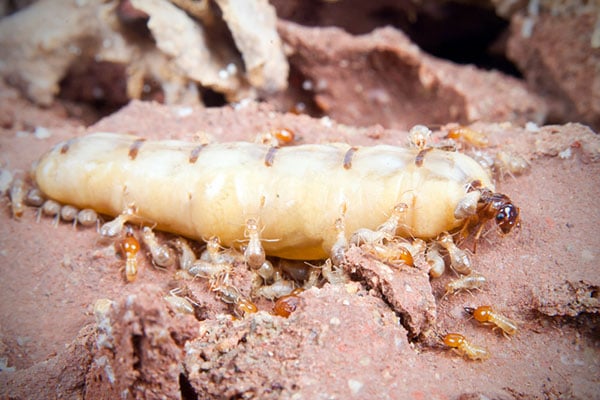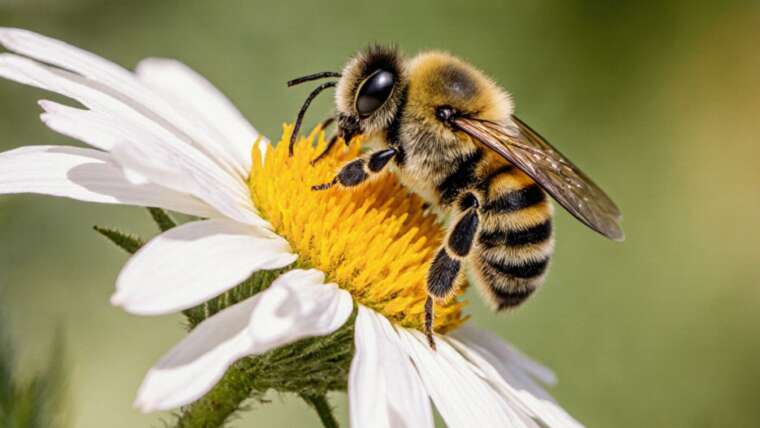If you’re contemplating how to get rid of woodchucks, you’re certainly not alone. These creatures, commonly known as groundhogs, often wander into backyards, causing damage to gardens, lawns, and underground utilities. Due to their extensive tunneling habits, removing them from your property can be quite a challenge. While several methods claim to solve your groundhog issues, it’s essential to understand which ones are truly effective and humane.
Use Cat Litter
Groundhogs have a natural instinct to avoid their predators, including bears, raccoons, foxes, and even household pets like cats and dogs. According to the University of Illinois Extension, used cat litter can be an effective deterrent. The strong scent may signal danger, prompting groundhogs to avoid the area. For this method to work, the litter must be used and pungent. If you don’t have a pet, you may consider asking friends or neighbors for some.
Tip: Consider using natural, unscented cat litter rather than clumping litter, as the latter may contain materials that groundhogs don’t find as threatening.
Build a Fence
Constructing a fence can significantly deter groundhogs, although it requires considerable effort. Since these critters are capable of climbing to about three feet, a fence should be at least four feet high with an additional 10 inches of fencing installed underground to prevent burrowing. The material you choose is just as crucial; for long-lasting efficacy, hardware cloth is a superior option compared to chicken wire, though it can be pricier and more challenging to manipulate.
Tip: To further reinforce your fence, consider angling the bottom edge outwards away from your yard. This “L” shape can make it even harder for groundhogs to dig their way through.
Clean Up
Woodchucks generally prefer habitats with abundant cover and food sources, such as tall grass, uncontrolled weeds, and wood piles. In suburban areas, they are often attracted to parks and golf courses. To make your yard less inviting to groundhogs, aim to keep it clean and tidy by eliminating these features. Regular maintenance of your garden can significantly diminish their appeal.
Tip: In addition to cleaning your yard, consider planting deterrent species like daffodils or garlic, which groundhogs typically avoid due to their strong scents and tastes.
Set Baited Traps
Before attempting to trap groundhogs, make sure you are well-versed in local, state, and federal regulations regarding wildlife capture and release. Baited traps can be an effective alternative to poison, using fresh fruits or vegetables to lure groundhogs. To build trust, start by placing food outside of the trap for several days to help the animal associate the area with safety and nourishment.
Strategically place traps near burrow entrances to minimize the chance of attracting other animals. Additionally, set your traps just before dawn and check them regularly throughout the day. If frequent checks aren’t manageable, you may want to consider other solutions for groundhog control.
Always consult with local wildlife authorities regarding the proper handling of captured animals, including whether you may relocate them or if euthanasia is required.
Tip: Consider adding a calming agent, like a small towel or blanket, inside the trap to help reduce stress for the captured groundhog. Keeping the environment quiet and sheltered can lead to a more humane trapping experience.





